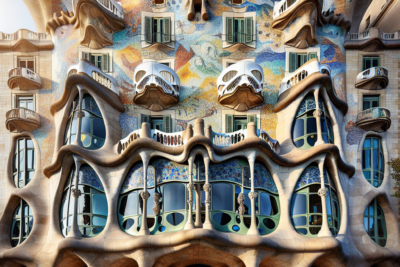
- Exploring the Architectural Marvels of Sagrada Familia in Barcelona
- The Historical Significance of Barcelona Cathedral: A Deep Dive
- Comparing the Artistic Styles of Sagrada Familia and Barcelona Cathedral
- Visiting Barcelona's Religious Landmarks: Tips and Highlights
- The Role of Sagrada Familia in Barcelona's Cultural Identity
- Discovering the Spiritual Heritage of Barcelona: A Guide to Its Iconic Churches
Barcelona, a city renowned for its rich architectural heritage, boasts a remarkable collection of religious landmarks that reflect its vibrant history and culture. Among these, the iconic Sagrada Familia stands as a symbol of modernist architecture, while the Barcelona Cathedral encapsulates the essence of Gothic design.
In this journey through sacred spaces, we invite you to discover the spiritual and artistic significance of these monumental structures. **From Sagrada Familia to Barcelona Cathedral: Exploring Barcelona's Iconic Religious Landmarks** reveals the stories and artistic marvels that make these sites essential stops for both locals and visitors alike.
Exploring the Architectural Marvels of Sagrada Familia in Barcelona
The Sagrada Familia is not just an architectural masterpiece; it embodies the vision of its creator, Antoni Gaudí, who combined natural forms and innovative engineering techniques. This basilica is characterized by its intricate facades, each narrating different aspects of Christ's life. Visitors often marvel at the juxtaposition of organic shapes and the use of light, which creates a transcendental atmosphere within the space.
One of the most striking features of the Sagrada Familia is its towers. Upon completion, the basilica will have a total of 18 towers, representing the twelve apostles, the Virgin Mary, the four evangelists, and Jesus Christ. Each tower is meticulously designed to reflect the unique characteristics of these figures. The towers also serve a practical purpose, dominating the skyline and offering panoramic views of Barcelona.
Furthermore, the interior of the church is equally mesmerizing, with a layout inspired by the shape of a Christian cross. The columns resemble trees, branching out to support the ceiling, creating an illusion of being within a forest. Visitors can also appreciate the colorful stained glass windows that filter sunlight, painting the interior with vibrant hues and inviting reflection and contemplation.
- Architectural Style: Modernisme
- Construction Began: 1882
- Estimated Completion: 2026 (centenary of Gaudí's death)
- Height of the Central Tower: 172.5 meters
The Historical Significance of Barcelona Cathedral: A Deep Dive
The Barcelona Cathedral, also known as the Cathedral of the Holy Cross and Saint Eulalia, holds immense historical significance as a representation of the city's religious evolution and architectural development. Originally built on the site of a Roman temple, its construction began in the 13th century and continued for several centuries, culminating in the 19th century. This long history showcases various architectural styles, primarily Gothic, which reflect the artistic trends of the time.
One of the most notable features of the cathedral is its stunning façade, which is adorned with intricate sculptures and a majestic spire that rises to 92 meters. The façade serves not only as a visual centerpiece but also tells the story of Christian faith and the city's patron saint, Eulalia. Visitors can appreciate how the cathedral's design embodies the spiritual aspirations of the medieval period, making it a vital cultural landmark in Barcelona.
Inside the cathedral, the tranquil atmosphere invites contemplation and reflection, showcasing elements such as the beautiful chapels, the choir with its impressive wooden stalls, and stunning stained glass windows that flood the interior with colored light. The crypt, which houses the remains of Saint Eulalia, further enhances the site's religious importance, drawing pilgrims and tourists alike who seek to connect with its spiritual heritage.
- Construction Period: 1298 - 1913
- Architectural Style: Gothic
- Notable Features: Spires, Cloister, Stained Glass Windows
- Patron Saint: Saint Eulalia
Comparing the Artistic Styles of Sagrada Familia and Barcelona Cathedral
When comparing the artistic styles of the Sagrada Familia and Barcelona Cathedral, one can observe a remarkable contrast that reflects the evolution of religious architecture in Barcelona. The Sagrada Familia, designed by Antoni Gaudí, showcases the Modernisme movement, characterized by its organic forms and innovative use of light. In contrast, the Barcelona Cathedral is a prime example of Gothic architecture, with its pointed arches and ribbed vaults that evoke a sense of verticality and grandeur.
Both landmarks exhibit distinct elements that highlight their respective styles:
- Sagrada Familia: Organic shapes, intricate facades, vibrant stained glass.
- Barcelona Cathedral: Structural symmetry, detailed sculptures, impressive spires.
The use of color and light further differentiates these two iconic sites. In the Sagrada Familia, the stained glass creates a kaleidoscope of colors that dance across the interior, enriching the spiritual experience. Conversely, the Barcelona Cathedral's glass work complements its somber and reflective environment, emphasizing the solemnity of its Gothic roots.
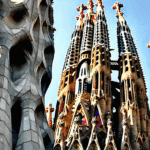 From the Sagrada Familia to Barcelona Cathedral: Exploring the Architectural Gems of Barcelona
From the Sagrada Familia to Barcelona Cathedral: Exploring the Architectural Gems of BarcelonaUltimately, these architectural masterpieces not only serve as places of worship but also as expressions of their respective eras, inviting visitors to appreciate the rich tapestry of Barcelona's religious history. Their artistic styles reflect the cultural shifts and aspirations of the communities that built them, making them invaluable treasures of the city.
Visiting Barcelona's Religious Landmarks: Tips and Highlights
When visiting Barcelona’s religious landmarks, it's essential to plan your trip to fully appreciate the unique architectural and cultural significance of each site. Start by purchasing tickets online for the Sagrada Familia to avoid long queues. Early morning visits are often less crowded, allowing you to explore the intricate details of Gaudí's masterpiece in a more serene setting.
Make sure to take a guided tour at the Barcelona Cathedral to gain insights into its rich history and Gothic elements. The guided experience often reveals hidden stories and features that might be overlooked during a self-guided visit. Don't forget to check the cathedral's schedule for religious services, as attending a mass can provide a deeper connection to the site.
- Best Time to Visit: Early morning or late afternoon.
- Essential Items: Comfortable shoes, a camera, and a guidebook.
- Dress Code: Modest attire is recommended for both sites.
Lastly, consider combining your visit to these landmarks with a stroll through the surrounding neighborhoods, where you can find quaint cafes and shops that enhance your experience of Barcelona's vibrant culture. Each visit to the Sagrada Familia and the Barcelona Cathedral not only offers a glimpse into the city's spiritual heritage but also a chance to appreciate the artistic evolution throughout the centuries.
The Role of Sagrada Familia in Barcelona's Cultural Identity
The Sagrada Familia plays a pivotal role in Barcelona's cultural identity, embodying the city’s rich artistic legacy and innovative spirit. As a UNESCO World Heritage Site, it is not only a religious structure but a testament to the genius of Antoni Gaudí, whose vision transformed architectural norms. The basilica attracts millions of visitors each year, becoming a symbol of Barcelona that resonates with both locals and tourists, reinforcing the city’s status as a hub of creativity and modernity.
Moreover, the Sagrada Familia serves as a focal point for community gatherings and celebrations, bridging the past with the present. It stands at the intersection of tradition and innovation, reflecting the values and aspirations of the people of Barcelona. The continuous construction of the basilica, which began in 1882, showcases a collective effort that unites generations, making it an emblem of the city's ongoing cultural evolution.
The basilica's unique architecture also influences the artistic landscape of Barcelona, inspiring contemporary artists and architects alike. Its intricate sculptures and vibrant stained glass windows serve as both educational tools and sources of inspiration, encouraging artistic exploration and dialogue. Additionally, the Sagrada Familia’s presence in popular culture, through films, literature, and art, further solidifies its importance in the collective memory of the city.
In essence, the Sagrada Familia is more than just an architectural masterpiece; it is a living cultural icon. It represents the heart of Barcelona's identity, inviting visitors to reflect on the interplay between spirituality, art, and community. As the city continues to grow and change, the Sagrada Familia remains a steadfast reminder of its rich heritage and the enduring power of faith and creativity.
Discovering the Spiritual Heritage of Barcelona: A Guide to Its Iconic Churches
Barcelona offers a profound spiritual heritage that is woven into the fabric of its iconic churches. Each site tells a unique story, reflecting the city's historical evolution and artistic endeavors. Visitors can embark on a journey through the ages, exploring various architectural styles, including Romanesque, Gothic, and Modernisme that define these sacred spaces. The resonance of faith and artistry in these churches enriches the visitor experience, inviting reflection and contemplation.
Among the must-visit churches, the Santa Maria del Mar stands out for its stunning Catalan Gothic architecture. Constructed in the 14th century, this basilica is famed for its harmonious proportions and serene ambiance. Additionally, Santa Maria del Pi captivates visitors with its remarkable rose window and unique blend of styles, showcasing the city's rich religious and cultural tapestry.
- Key Churches to Discover:
- Santa Maria del Mar
- Santa Maria del Pi
- Basílica de la Mercè
- Church of Sant Pau del Camp
- Architectural Highlights:
- Gothic arches and intricate sculptures
- Vibrant stained glass windows
- Unique bell towers
Each church in Barcelona not only serves as a place of worship but also as a beacon of artistic expression. The Basílica de la Mercè features Baroque elements that juxtapose the more austere Gothic styles of the past. Meanwhile, the Church of Sant Pau del Camp is one of the oldest churches in the city, showcasing Romanesque architecture that predates many others, offering a glimpse into the early Christian history of Barcelona. These churches are not just architectural wonders; they are living examples of the city's spiritual journey through the centuries.
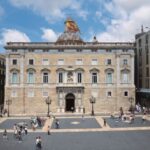 Explore Barcelona Cathedral and Plaça Sant Jaume
Explore Barcelona Cathedral and Plaça Sant JaumeIf you want to know other articles similar to From Sagrada Familia to Barcelona Cathedral: Exploring Barcelona's Iconic Religious Landmarks you can visit the category WHERE YOU CAN GO.
Deja una respuesta

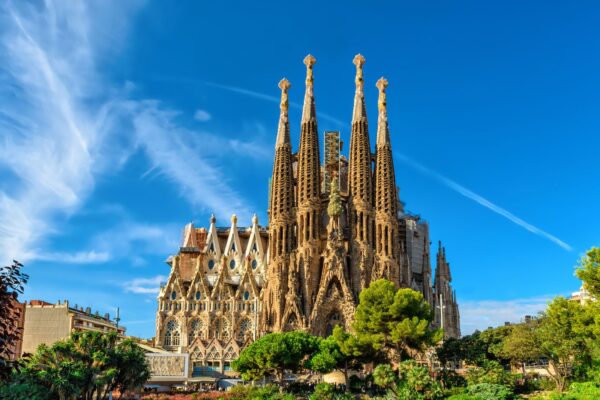
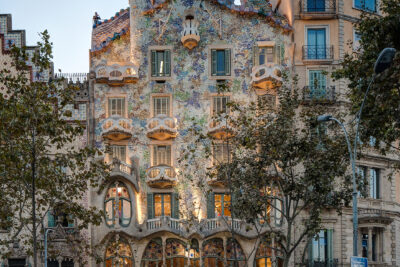
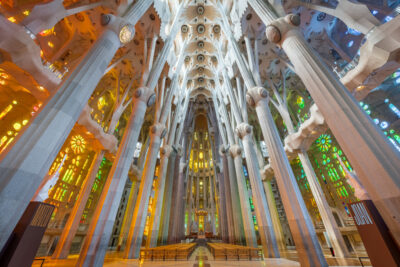
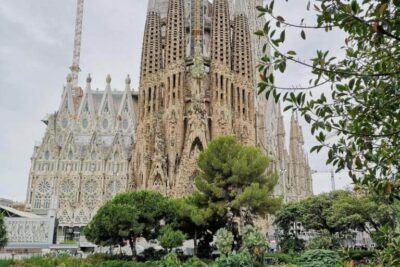
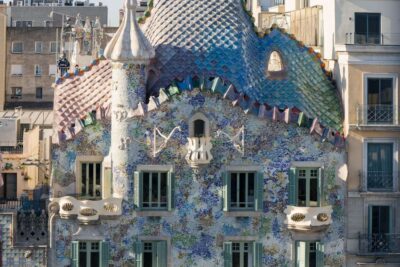
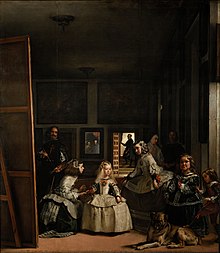
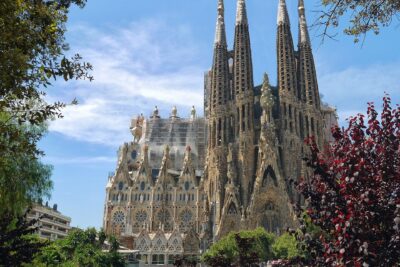
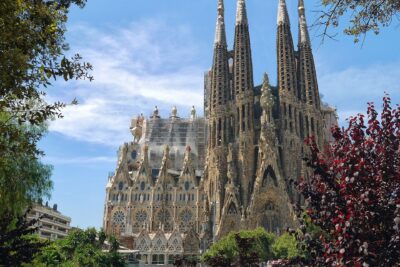
Read more!